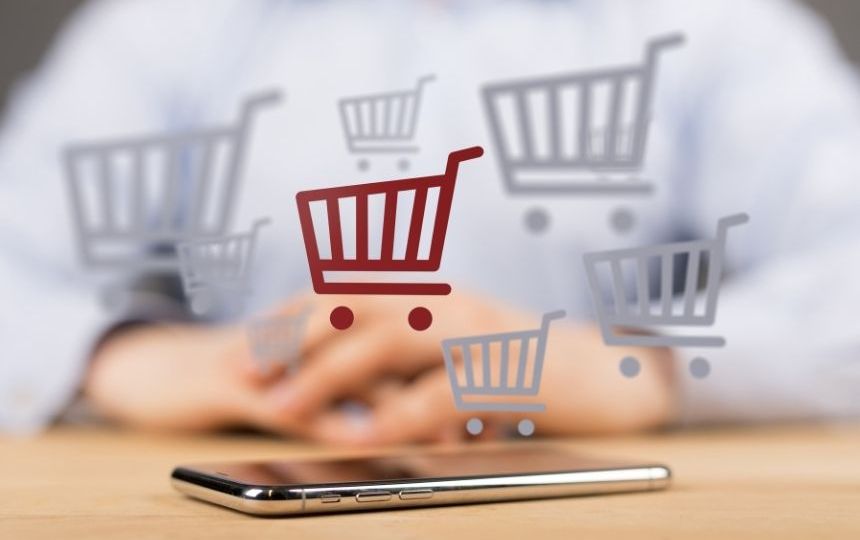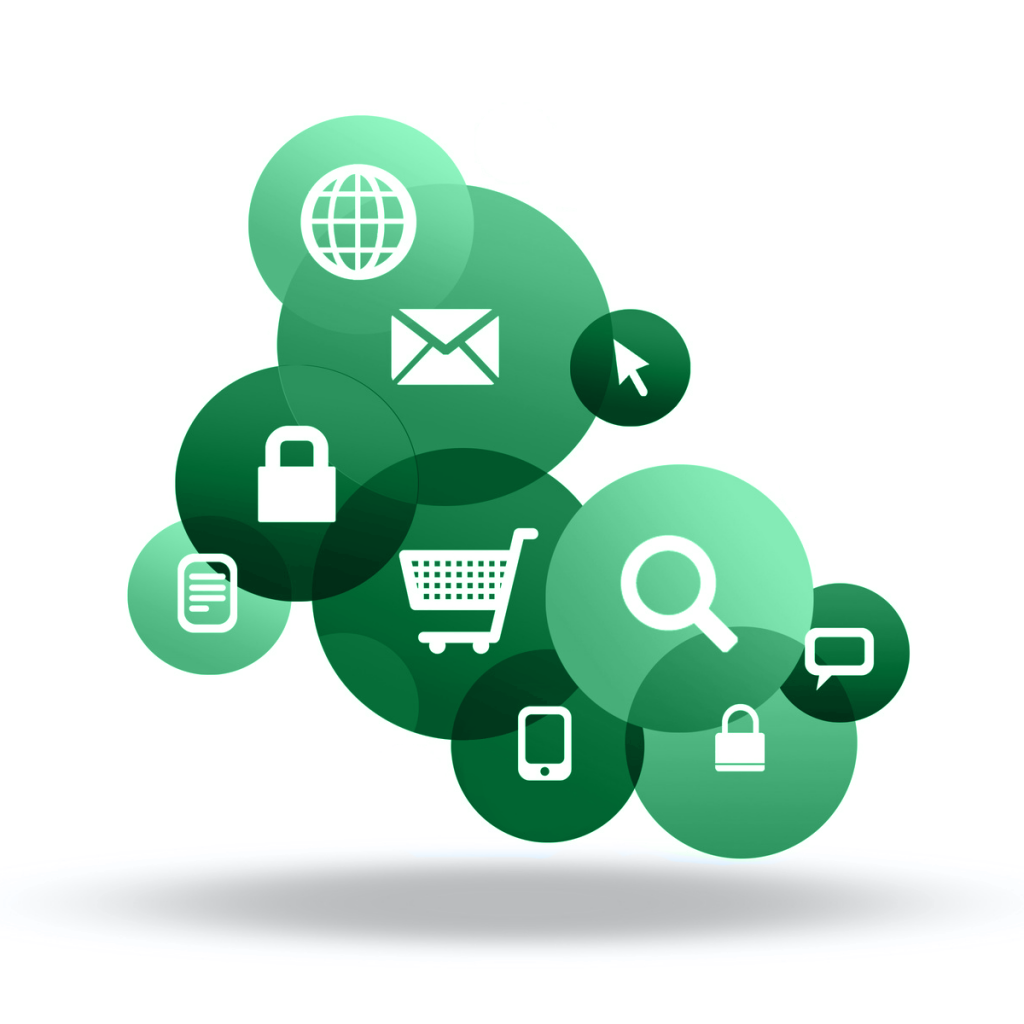
There has been an impressive rise in eCommerce sales from last year, and thanks to the development of new technology, that 20% increase means that around £1 trillion, give or take, has been spent on eCommerce in 2014!
The way to purchase something now isn’t by going for a trip up to your local town or shopping centre, it’s via the internet.
Internet businesses are thriving, leaving traditional stores dwindling on the side lines with hardly any mobile traffic, and here’s why:
Selling categories
Looking at the growth of eCommerce is mainly about focusing on which of the categories are prospering and which of them aren’t doing so well.
The best sale increase thus far, belongs to the non consumable items such as entertainment and travel related products.
Many categories have enjoyed a significant growth since 2013, honing in the fact that eCommerce is on the rise and is continuing to outgrow the traditional market place.

Online shopping has modernised itself quite recently, allowing goods to be bought on mobile devices, rather than a home computer.
The ability to book travel tickets and trains on a mobile device, is an advantage in itself.
Again, the highest selling categories of 2014 include electronic goods and travel tickets.
People interviewed in a recent survey confessed they would more than likely be making online reservations, or would be purchasing an item of clothing online, within the next six months.
The less popular of the categories were the online purchase of groceries – resulting in a mere 5% increase from 2011, whereas cosmetics saw a 31% increase.
Consumable and non consumable goods
As formerly mentioned, entertainment products have seen a massive growth in comparison to the previous year, and surprisingly, the sale of baby products have also risen.
Considering that the difference between the rate of consumable and non consumable products can be quite easy to understand, the consumer’s confidence level of the purchase, is taking longer to build; when buying a travel ticket online, the consumer knows what they are going to get, but when buying groceries, for an example, what is coming isn’t really determined until the package arrives.
A category that has been on the rise, around Europe and Asia is the purchase of baby related products, making up 29% of the concluding sales in China. The promise of buying a diaper is that once you’ve sampled a brand, you know what you will be receiving each time you place an order.
Amongst those on the surge are event tickets and e-books, plus hotel and flight bookings.
Almost half of hotel bookings are now being ordered online worldwide, and a similar figure increase of 46% is being shown for clothing.
The only catch with eCommerce is that, in fact many products need to be seen and/or touched before a consumer parts with their money.
Why we shop online
Being in a modernised society and world, people are relying on their tablets and mobile devices, so such transactions are able to be made.
The western world enjoys a fast paced life style and the internet offering online shopping, is a huge part of this and is evidently more convenient.
Compared with wandering around a shopping centre, rummaging through sale racks, to giving countless information to a travel agent, a simple click online seems to be the favoured option and by far the easiest, and less time consuming.
Living in a fast paced world, expectations of online shopping is on the increase.
As well as being more convenient, online shopping promises the saving of money, and costs of transport and parking, all but being abated.
With promo codes available and reduced prices exclusive to online shoppers only, these important trends of eCommerce are persuading the consumer to stay at home and enjoy comfort, while shopping.
And with 2014 seeing a profound increase, the rest of this year and the next is set to see a multiplied amount of increase, furthermore altering our shopping experience.
For similar articles, please visit our blog!
Follow our Facebook and Twitter pages for regular updates on online marketing.
- Marketing Managers Can’t Be Your Marketing Department - January 11, 2025
- Tagging Strategies: How They Maximise Your Marketing Campaigns - January 7, 2025
- First Step to Creating Killer Content – Know Your Reader! - January 7, 2025

